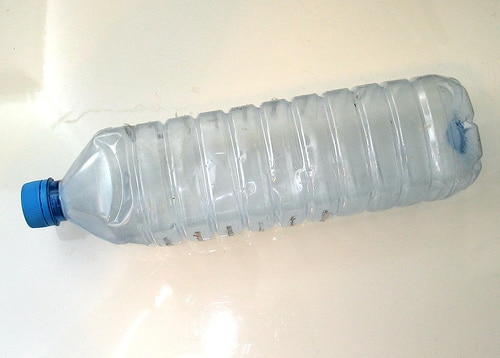Once the shape of nations was guided by war, as losers ceded land to winners.
That is no longer true, and today Italy and Switzerland are negotiating a new border in the Alps to accommodate the world’s newest victor; global warming.
The territory in question is the Monte Rosa massif, a portion of the Italian-Swiss Alps whose watershed, determined by nine glaciers, sets the invisible line between Switzerland and Italy, as it has since 1861.
The biggest, manmade change to this imaginary line came in 1970, when a stream diversion was allowed to permit construction of the Lugano-Como motorway, with the two countries exchanging territory to facilitate development.
Now, thanks to climate change and the shrinking of these glaciers, the watershed has shifted – up to 100 meters in places – and the two nations are preparing yet another accord.
This agreement, according to General Carlo Colella of Italy’s Military Geographic Institute, has been four years in the making, and its approval by Italian Prime Minister Silvio Berlusconi and his cabinet next month marks the beginning of an era in which the only winner is likely to be global warming. Italy has already concluded similar arrangements with Austria on its northwestern border, and is pursuing another accord with France on its eastern border.
The accords, and the nations participating, are an uneasy recognition of how rapidly climate change is changing the face of the earth. In the agreement between Italy and Austria, experts have already been given the power to change the accord as climate change alters and erases the courses of rivers. But what happens when the glaciers, the only source of water to such landlocked countries as Switzerland, Austria and tiny Liechtenstein, are almost gone? Who will win those water wars, and who will be left to perish?
Alpine glaciers have been shrinking since the 1980s. Between 2007 and 2008, 82 out of 88 glaciers shrank by about 25 meters in length, with the Gorner Glacier (on the aforementioned Monte Rosa massif) shrinking by a whopping 290 meters. Temperatures are also rising, by 0.5 degree Celsius from 1982 to 2000, and by 1.2 degrees between 2000 and 2008.
According to a recent United Nation’s Environmental Report, Alpine ice cover has diminished by two-thirds since the 1950s, with much of the loss occurring after 1980. If the loss continues, these glaciers could disappear by 2050, according to Roland Psenner of the University of Innsbruck. And that’s a conservative estimate, Psenner adds, noting that a worst-case scenario could see most glaciers vanishing by 2037.
In a warming world, it’s a given that skiing at Chamonix, Val d’Isere and Megève might end, but how many have considered the impact of drinking water costing €5.00 ($6.63) per liter?
Subscribe to our newsletter
Stay up to date with DeSmog news and alerts






